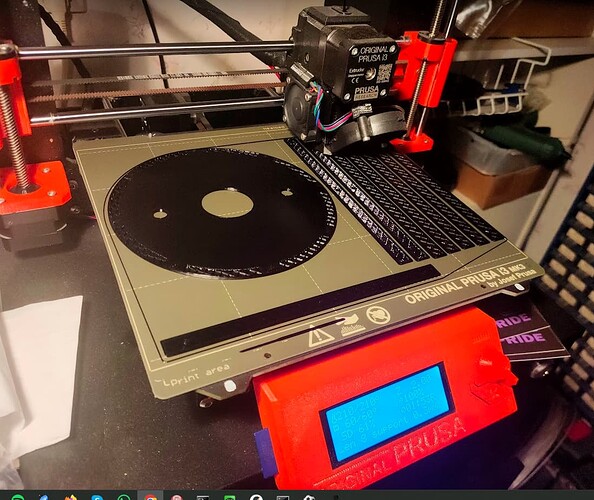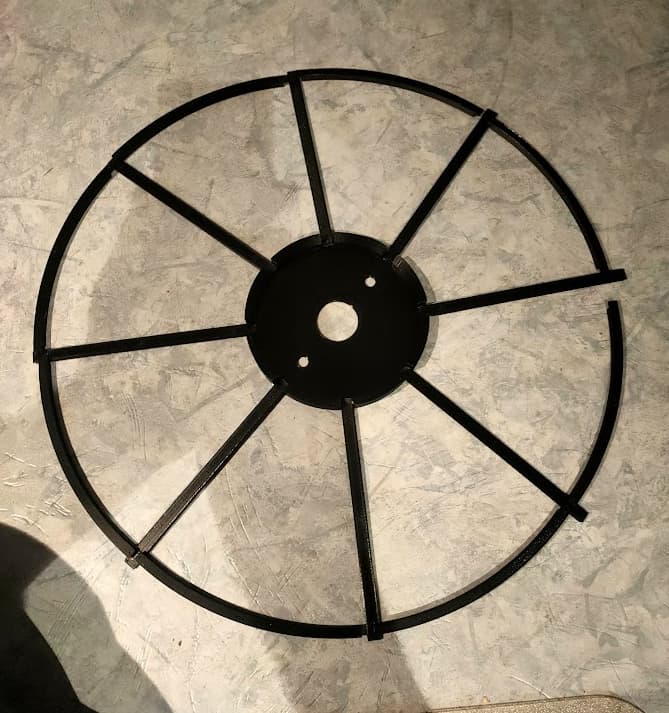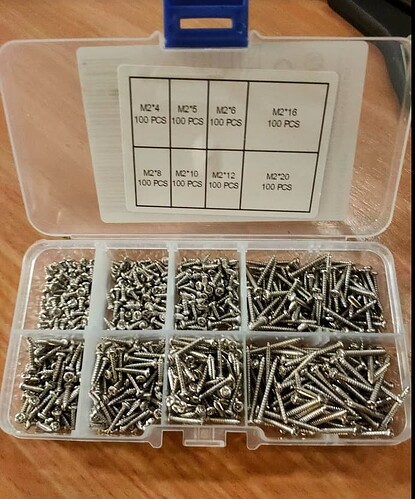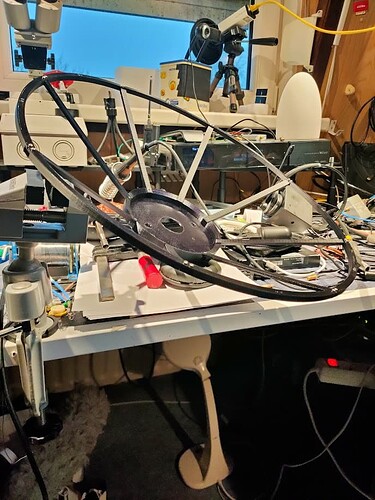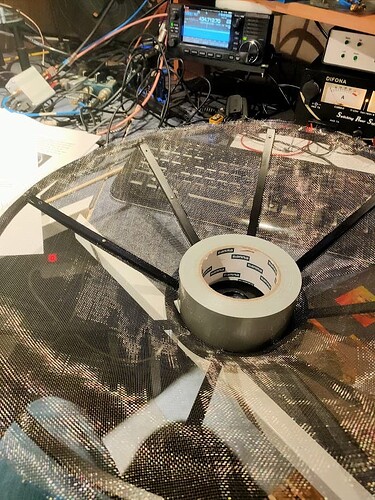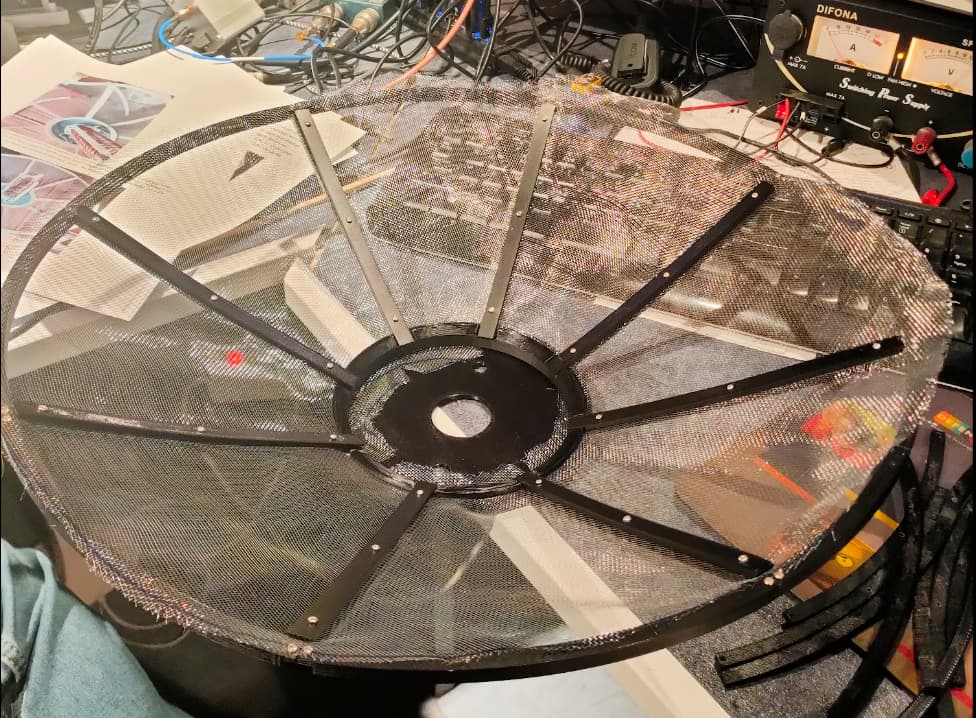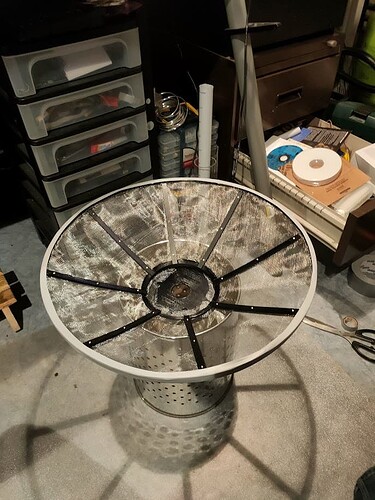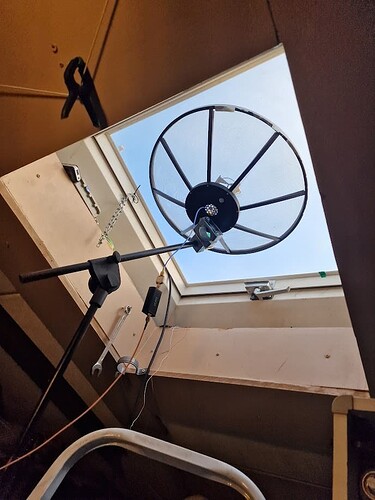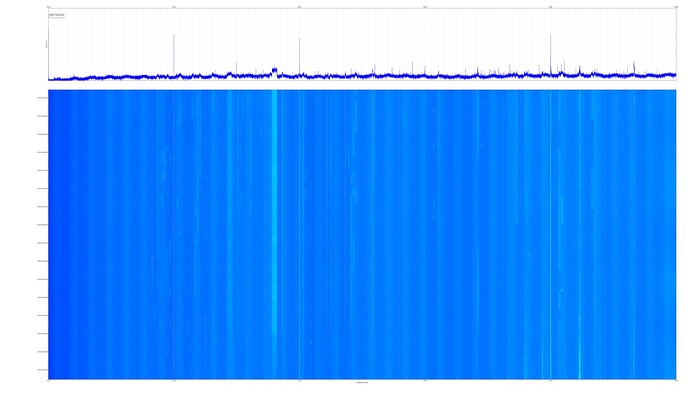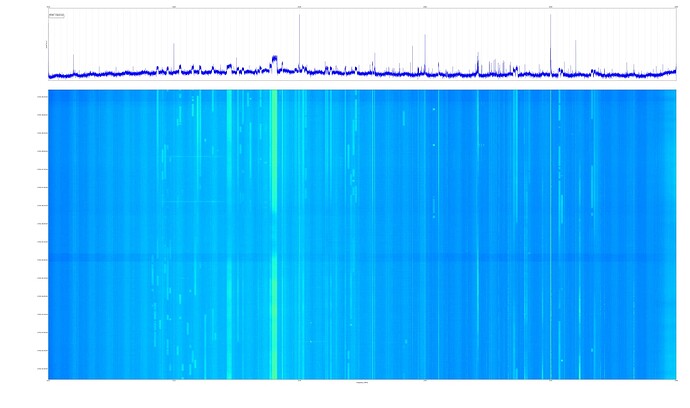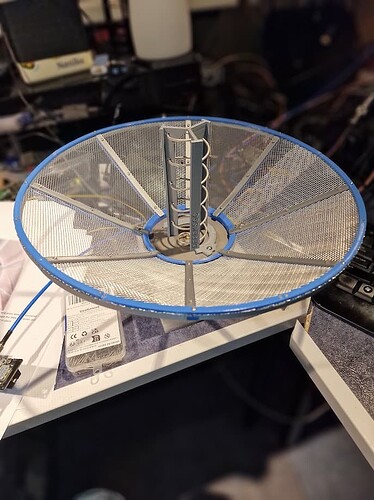Hi all,
On the Facebook group APT I noticed a message from Antonio Pereira and Sławek Klimek-Wojsa about a 3d printable mesh reflector for Helical antenna’s. In this case the design appears to be made to receive HRPT signals around 1700 MHz and results are showing nice Meteor images being received with this antenna , an Nooelec GOES preamp and RTL device directly connected to the antenna, usually hand tracking .
Printer was ready and willing to take, PLA was still around. so I decided to give it a go.
The source for the files is from Thingiverse:
1.7 Ghz HRPT Helicone Antenna by t0nito - Thingiverse which contains a PDF with the instructions too.
Keep in mind that my PrusaSlicer does not automatically corrects bad orientation on the bed nor does it enable support automatically, and my ingorance to read / follow the red warnings after slicing cost me come PLA and some hours of reprinting.
The instructions start with making a round reflector and mounting the Helical before starting to fix the mesh, however I wanted to be able to replace the Helical by any frequency, becasue I want to be able to test 1545, 1700 and 2250 MHz ranges. So I decided to start fixing the mesh without the reflector and after mounting 7 out of 8 from the straight mesh holders I noticed I’d better had mounted the base ring (which is intended to hold those holders…) first. So a short disassembly, after which assembly was a bit easier.
The mesh was not to difficult to handle, though when cutting with scissors a lot of sharp points remain. Drawing a circle on the mesh is also a thing, because most of the ink from the permanent marker goes through the holes of the mesh.
I “fixed” the edges of the refelctor / mesh with some flexible tape to prevent the mesh from hurting my feelings.
At the end I noticed that the suggested reflector plate matched the dereksgc printed helical holders, so I could have started with the suggested reflector and helical and simply only replace the helical when I want to experiment with other frequencies.
At this moment the antenna is pointing towards the sky, 1545 RHCP,1545 lna and RTL SDR, to compare it with the 1545 setup outside on the roof, with mechanical bandpass filter , 1545 LNA and RLF SDR .
First results look promising. The waterfall for the cone reflector shows clearly stronger signals, both from geo satellites and from SAR transmitters from weathersats.
I will add some images of the parts / assembly in a reply to this message. Currently printing the holder to have a bit more stable mount
